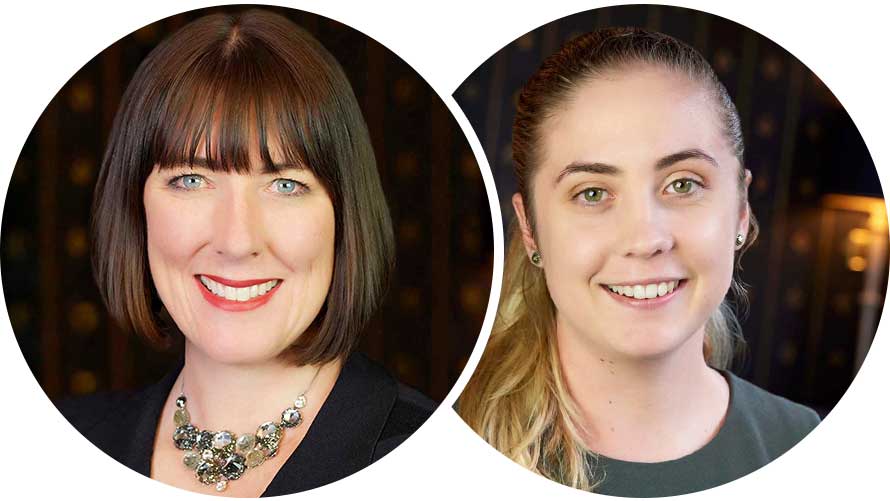Regeneron/Bayer and Sandoz have settled Australian aflibercept patent infringement/revocation proceedings, with the Federal Court of Australia on 27 November 2025 dismissing all related proceedings by consent (VID715/2025; VID968/2025; VID1234/2025). The terms of the AU settlement have not otherwise been disclosed.
Regeneron and Bayer commenced proceedings against Sandoz on 4 June 2025 alleging infringement of Regeneron’s patent AU2012205599 relating to methods of treatment for angiogenic eye disorders, and separately sought preliminary discovery from Sandoz in relation to a second Regeneron aflibercept formulation/process patent, AU2020397865.
Regeneron/Bayer sought both a preliminary injunction (PI or interlocutory injunction) and final relief in respect of AU599, and Sandoz cross-claimed for invalidity. The PI application was heard on 14 August 2025 with Justice Rofe publishing her reasons for judgment on 8 September 2025, rejecting Regeneron/Bayer’s application. Rofe J found there was an “insufficient likelihood of success” that Regeneron/Bayer’s infringement case would succeed at a final hearing and that the balance of convenience did not favour the grant of the interlocutory injunction.
Regeneron moved swiftly to appeal her Honour’s decision, with the Full Court hearing the appeal on 29 October 2025. However, the proceedings were settled the day that judgment was due to be delivered, with no decision being handed down.
Regeneron and Bayer’s ‘599 patent remains the subject of revocation proceedings in Australia. In August 2025, Actor Pharmaceuticals, which does not yet have any aflibercept biosimilar approved in Australia, filed proceedings in the Federal Court seeking to invalidate AU599, with the first case management hearing in that matter heard on 2 December 2025. In that first case management hearing, Regeneron’s counsel represented that it is also considering whether to involve the ‘865 patent and bring preliminary discovery proceedings. Actor’s aflibercept product remains under evaluation by the TGA and is not yet approved.
On 9 September 2025, Sandoz announced that it settled all US patent disputes between it and Regeneron relating to Sandoz’s Enzeevu® (aflibercept). Under the terms of the US settlement, Sandoz is permitted to launch its biosimilar aflibercept in the US in Q4 2026, or earlier in certain undisclosed circumstances.






